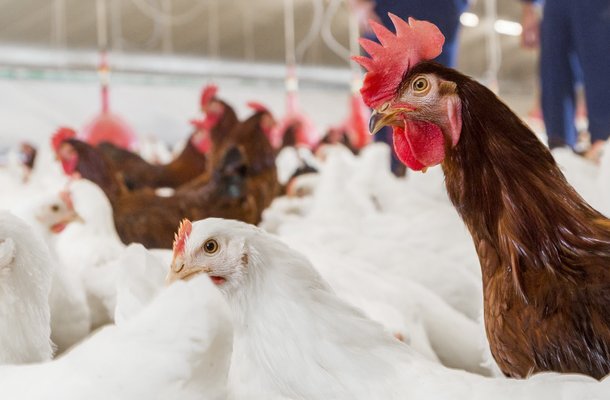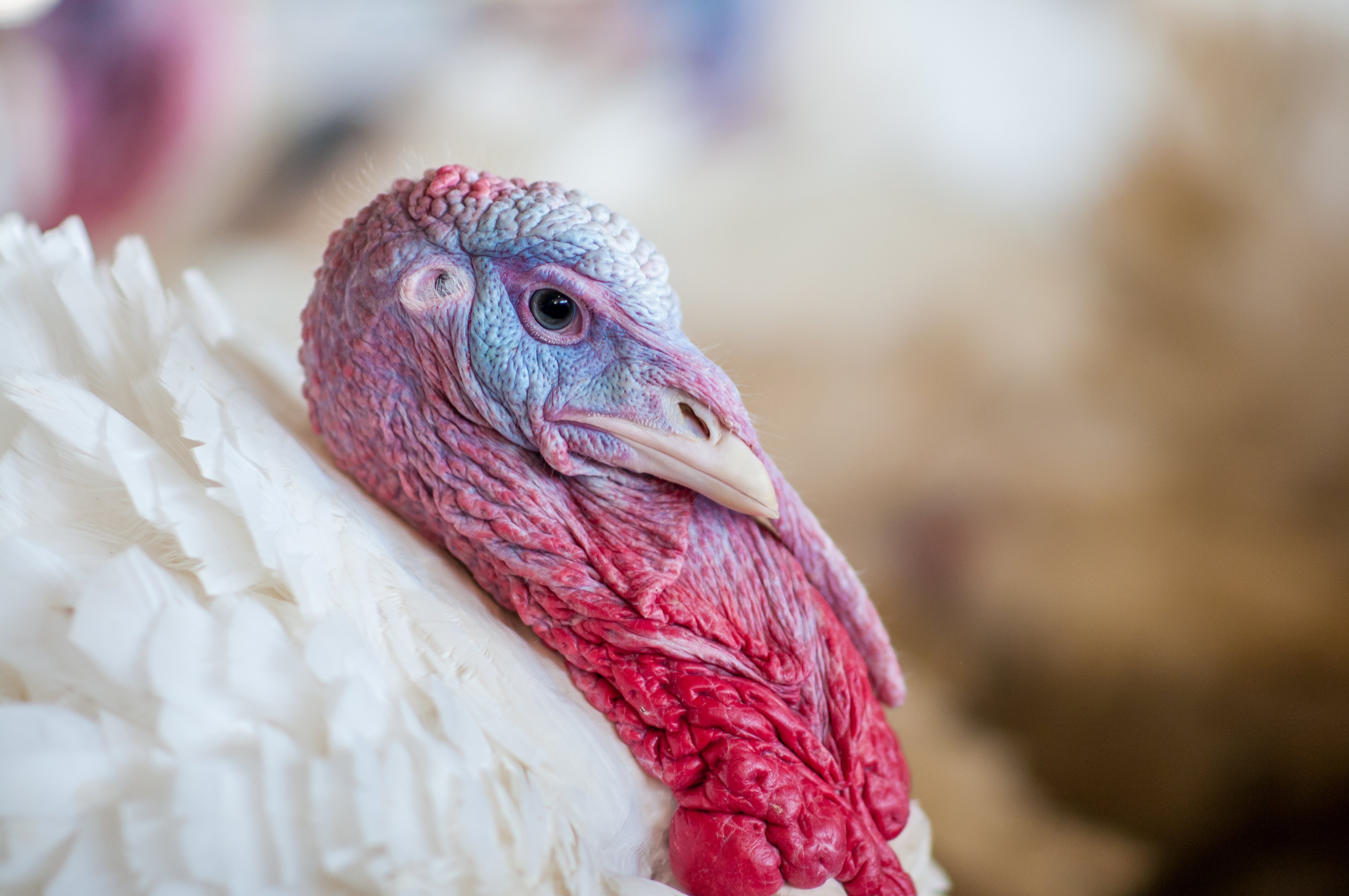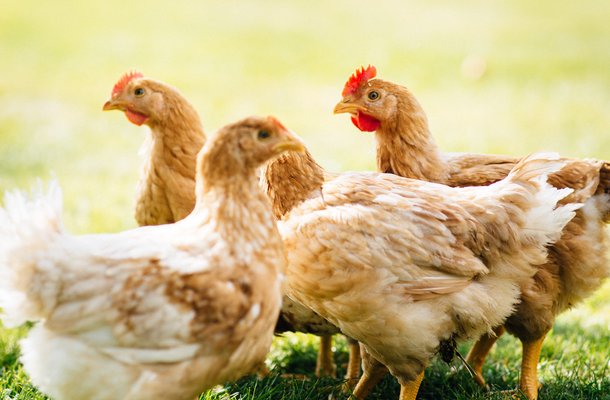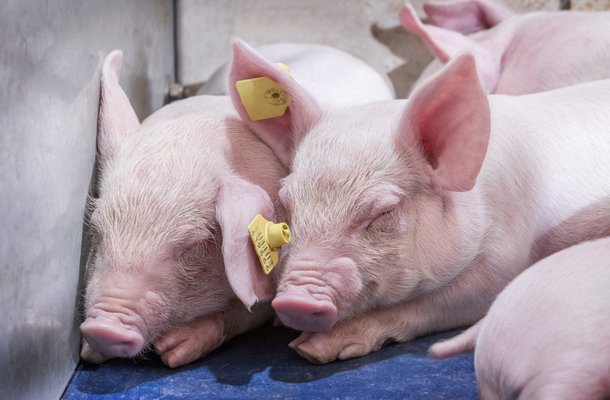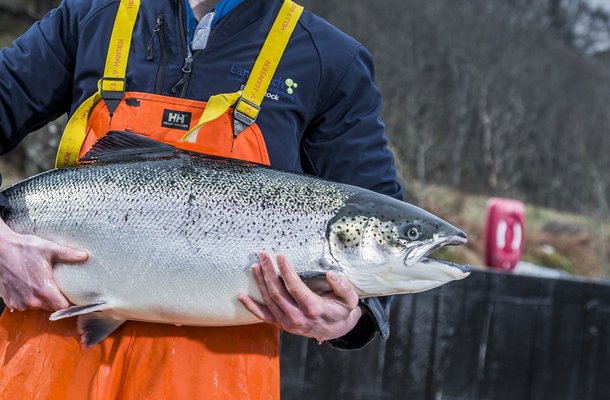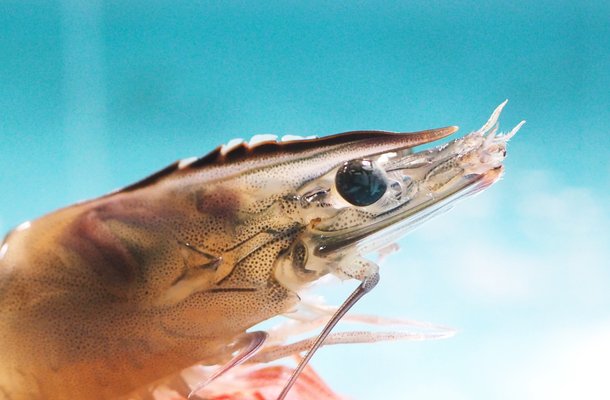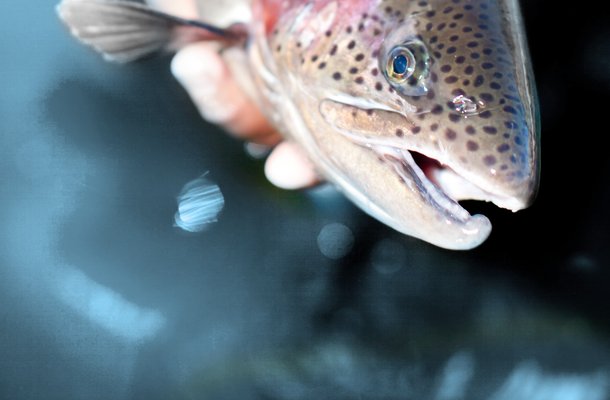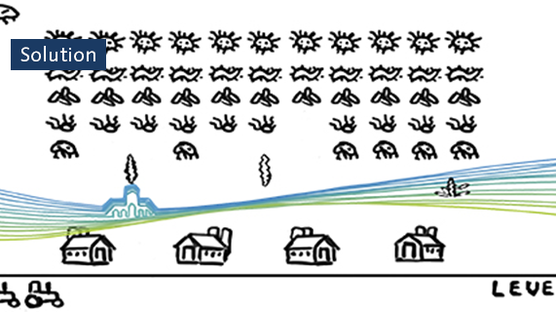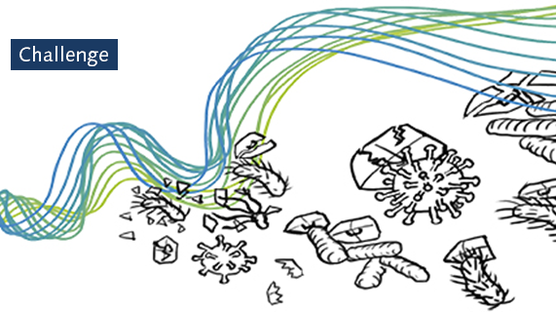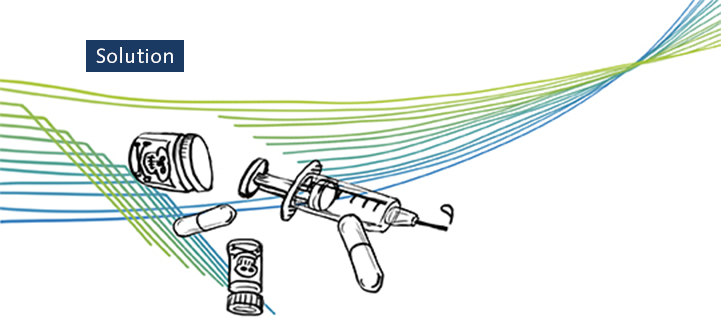
Published on May 1, 2021
Responsible reduction of antibiotics in animal production
Is antibiotic free animal protein within reach? How can the animal protein value chain responsibly reduce its use of antibiotics while treating health challenges in the field?
When bacterial infections become severe, antibiotics are a possible effective solution. For over 70 years, businesses have been using antimicrobials in the feed and water of animals to support growth, improve survival rates while at the same time creating a safer supply of food.
On the other hand, with repeated over- and misuse of antibiotics, bacteria evolve over time and can become resistant. Another dimension to consider is that too much focus on reducing antibiotics will also jeopardize animal welfare. The animal protein sector has a duty to treat animals in need.
Responsible use of antibiotics to create a safer worldwide supply of food
Antimicrobial resistance simply explained: Bacteria evolve over time. Antimicrobial resistance occurs when surviving bacteria pass on their genes to the next generation. Therefore, making them resistant to a specific antibiotic.
Human and animal health are connected, we see high value in using antibiotics to treat animals and humans. As we are all entitled to treatments when faced by a disease. We have a responsibility towards people, animals and our planet to take care of one another. Although most of the antibiotic resistance humans are facing is related to antibiotic usage in human medicine, we do recognize that usage in the food chain is a factor regarding some of them. Therefore, we are committed to bring solutions to prevent this crisis. So how do we address antimicrobial resistance, battle diseases and secure a safe supply of food?
In order to keep animals and people healthy, we focus on sustainable animal breeding. We select animals that are more resistant to diseases and can quickly recover from challenges on their own. We also have a biosecure system in place to prevent the need for antibiotics in the first place. We secure the supply of genetics by having a global structure of strategically located biosecure nuclei and local multiplication farms and hatcheries. All these and more efforts are in place to create a safer worldwide supply of food.
SPF, SPR or SPT as biosecurity standard
Abbreviations, our industry is full of them. Below is a clear explanation of SPR, SPR and SPT:
- SPF or Specific Pathogen Free refers only to the fact that the animals are free from certain pathogens, not free from all pathogens. It is a sanitary status. This status is easily lost if an animal is transferred to a lesser sanitary status, where it can be easily infected by the specific pathogens.
- SPR or Specific Pathogen Resistant means animals are resistant to infection by a specific pathogen. This is a qualitative trait as they can either be infected or not.
- SPT or Specific Pathogen Tolerant means animals are tolerant to a specific disease. The animal can be infected but may not develop the disease or it may develop it to a lesser extent.
Specific Pathogen Free, Specific Pathogen Resistant and Specific Pathogen Tolerant are a part of a good biosecurity policy; with SPR and SPT animals it is easier to maintain a SPF sanitary status. As part of our shrimp breeding business, we operate SPF facilities in West Java, Indonesia, and soon will operate a state-of-the-art SPF facility in North Bali.
This makes reduction of antibiotics and controlling diseases more achievable. Bear in mind that resistant or tolerant animals are not necessarily a step forward for a safer food supply. Animals not becoming ill themselves, does not mean that they won’t transfer diseases or that people can’t become ill from it. It is a delicate matter with many angles to cover. Battling diseases is a process of one step at a time, facing multiple factors.
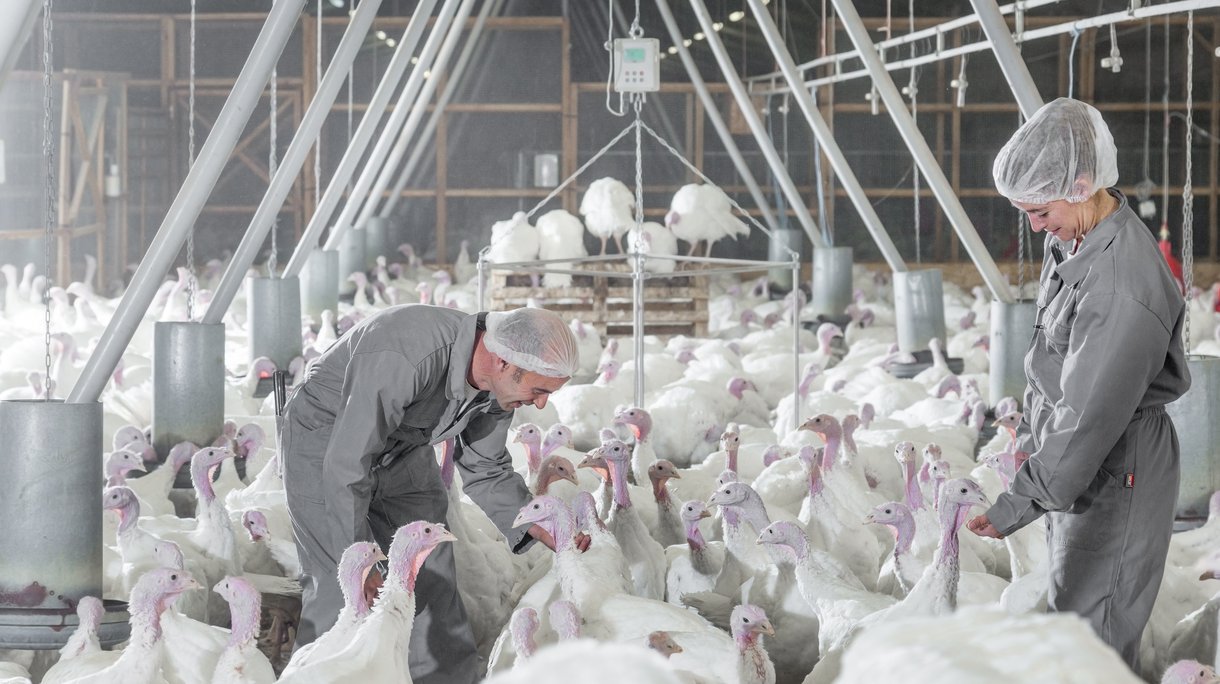
Is total antibiotic free protein production a possibility?
It is crystal clear that the use of antibiotics in animal production should be minimized as much as possible. Many developments and in science and technologies will help us in this process. For the time being, livestock sectors and we as animal breeding company can contribute as much as we can to prevent antibiotics usage. However, when an animal is suffering from a bacterial disease, antibiotics can treat illness and be a humane option. A total ban of any antibiotic treatment is animal cruelty.
Hendrix Genetics’ sustainability program has been in place since 2013. During the first 5 years of the program, responsible use of antibiotics was one of the main mandatory stakes for all business units, along with improving biosecurity, animal welfare and health and security of personnel. This phase was concluded with an extensive CSR report and was followed up with new initiatives based on eight material stakes. These stakes were derived from an extensive customer survey to boost sustainability as we aim to set standards for sustainable animal breeding.
Novel technologies
Effectively implementing antibiotic free animal production requires the entire world to collaborate. When more people commit to implementing good practices to minimize the need of using antibiotics, there are fruitful collaborations possible. New technologies for example also help battle diseases and help reduce the need for antibiotics.
Novel technologies are being developed and tested, making it able to detect early warning signs and management interventions to be implemented sooner. When animals fall ill, they usually show signs of stress upfront. They behave differently, make more or less noise, heat up or cool down, speed up or slow down their pace. With new technologies you can detect changes earlier and care takers can address a problem faster. Isolating the ones that show signs in order to prevent a wide-spread contamination while also adjusting feed, water or climate control.
Research projects to improve antibiotic free production
Are you interested in antibiotic free production, now and in the future? The subjects below are potential areas of opportunity.
- Immune profiling and determining genetic parameters
- Evaluating the usefulness of immune measurements for predictions on performance and resilience in health challenged environments
- Developing genomic predictors that are genetically correlated with performance and resilience.
- Developing and evaluating strategies for incorporation of disease resilience into animal genetic improvement programs
- Develop and validate more sophisticated immune response tests that could be incorporated into future genetic and genomic selection
Find out what we are doing in your species of choice
You've read a solution article. Interested in the opportunity or challenge?
Do you want to explore all articles?

